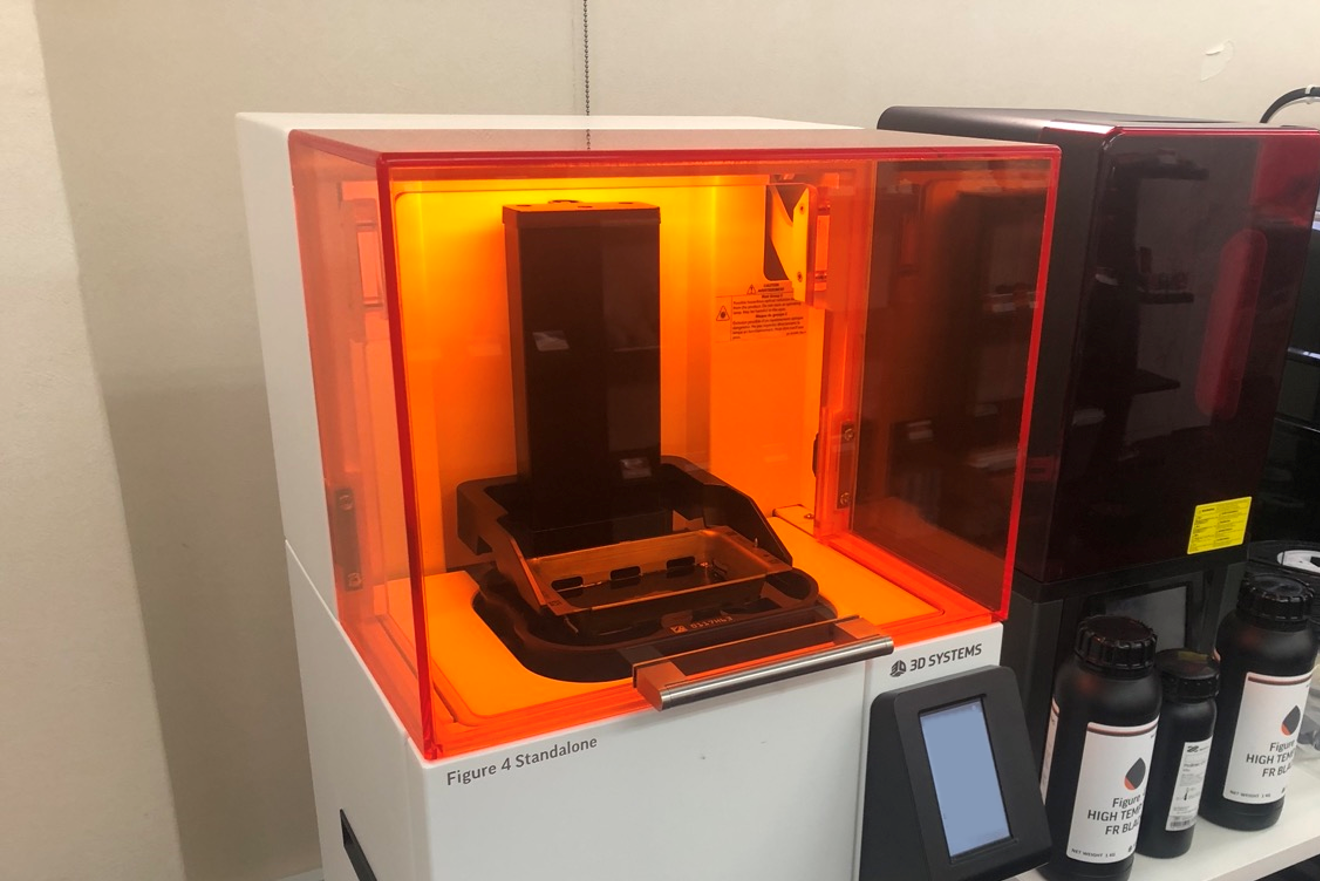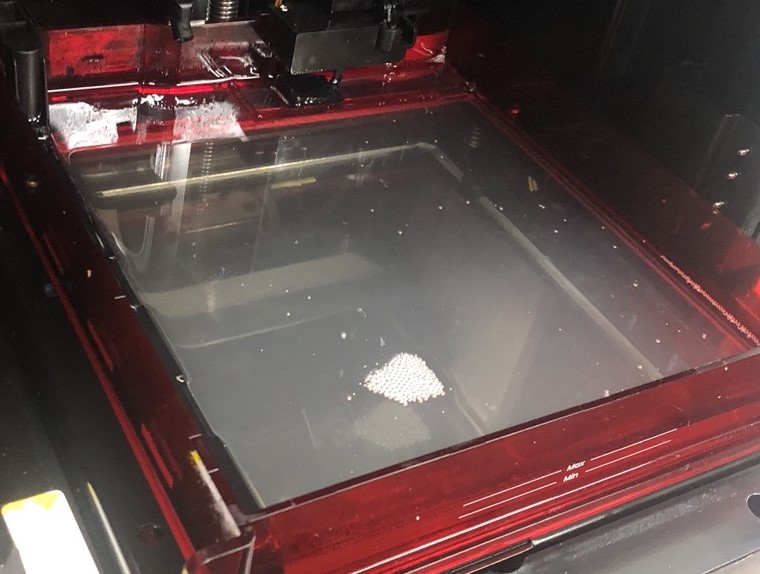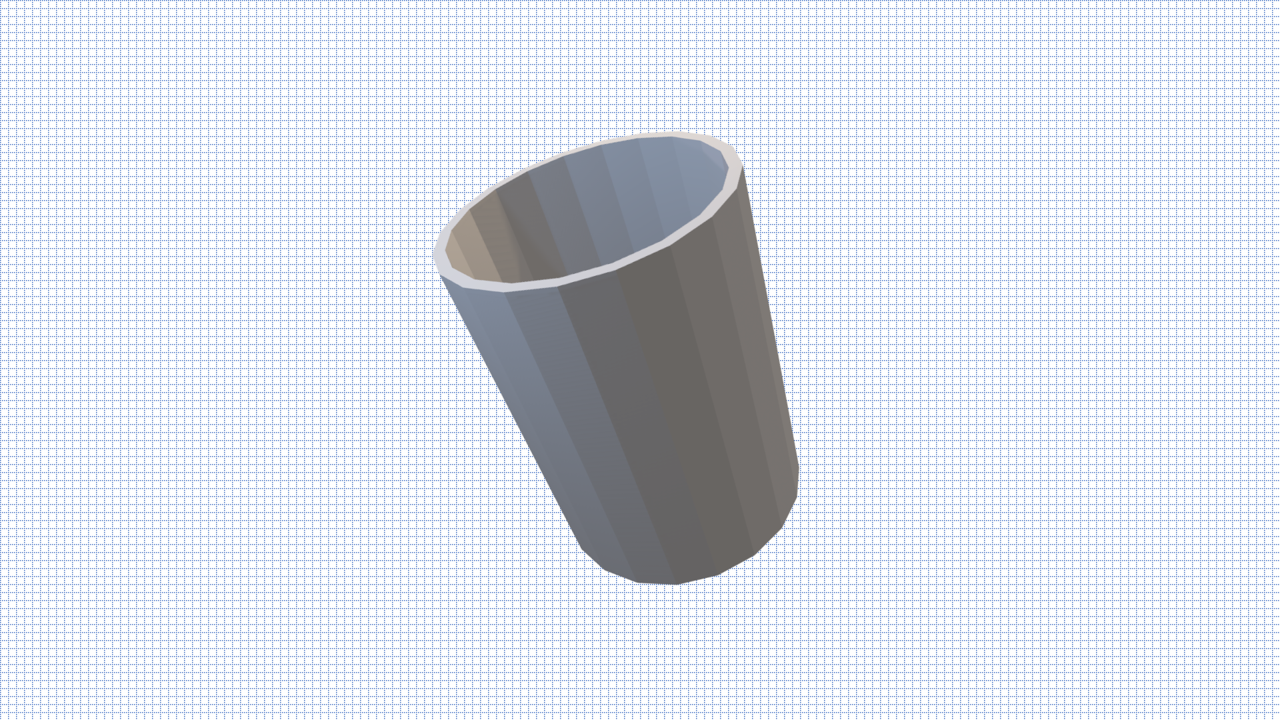

Step.1
Choose 3D Printer!
First, choose a 3D printer. There are many different types of 3D printers.
We will explain some tips to help you choose the best printer suitable for your purposes. After reading this article, you will no longer have to worry about selecting a 3D printer!
Table of Contents
Here are some "keywords" for choosing a 3D printer.
Layer Resolution Layer resolution is the thickness of each layer of the 3D model. The smaller the thickness is, the more accurate the printing will be. is the thickness of each layer of the 3D object. The smaller this value is, the more elaborate object you can print. It is one of the indicators to know the performance of a printer.
Layer resolution is the thickness of each layer of the 3D model. The smaller the thickness is, the more accurate the printing will be. is the thickness of each layer of the 3D object. The smaller this value is, the more elaborate object you can print. It is one of the indicators to know the performance of a printer.

Place: Dengiken's club room
While layer resolution Layer resolution is the thickness of each layer of the 3D model. The smaller the thickness is, the more accurate the printing will be. determines the accuracy in the height direction (Z-axis), differences in the resolution in the horizontal direction (X-axis and Y-axis) also affect the accuracy. We can see the units of "mm" and "DPI" regarding horizontal resolution in the specifications of the 3D printer. A smaller number for mm and a larger number for DPI indicate a higher accuracy.
Layer resolution is the thickness of each layer of the 3D model. The smaller the thickness is, the more accurate the printing will be. determines the accuracy in the height direction (Z-axis), differences in the resolution in the horizontal direction (X-axis and Y-axis) also affect the accuracy. We can see the units of "mm" and "DPI" regarding horizontal resolution in the specifications of the 3D printer. A smaller number for mm and a larger number for DPI indicate a higher accuracy.
Printing speed varies greatly depending on the model and the printing methods, but it is also important to choose based on the time required for preparation and post-processing. Printing speed is not equivalent to efficiency.
Compatible resins (filaments Filament is a tubular resin used in the Fused Filament Fabrication, which can be wound onto a reel and is easy to handle.) vary depending on the model and printing method. In addition, resins (filaments
Filament is a tubular resin used in the Fused Filament Fabrication, which can be wound onto a reel and is easy to handle.) vary depending on the model and printing method. In addition, resins (filaments Filament is a tubular resin used in the Fused Filament Fabrication, which can be wound onto a reel and is easy to handle.) greatly affect the color and texture of printed materials, so be sure to confirm in advance that you can use the appropriate resin for what you want to print.
Filament is a tubular resin used in the Fused Filament Fabrication, which can be wound onto a reel and is easy to handle.) greatly affect the color and texture of printed materials, so be sure to confirm in advance that you can use the appropriate resin for what you want to print.
The Max. Build AreaMax. Build Area is a max size that can be printed. Generally, a home-use 3D printer can print sizes from 10 cm to 15cm, and an industrial 3D printer can print sizes from 20cm to 30 cm. of a home-use 3D Printer A home-use 3D printer is one intended for personal purchase. Although home-use 3D printers are less precise than industrial-use printers, they are less expensive, with some printers costing less than 50,000 yen. is generally about 15 cm square. If you want to make a large object, you can make individual parts and combine them. Select an appropriate printer that suits your budget.
A home-use 3D printer is one intended for personal purchase. Although home-use 3D printers are less precise than industrial-use printers, they are less expensive, with some printers costing less than 50,000 yen. is generally about 15 cm square. If you want to make a large object, you can make individual parts and combine them. Select an appropriate printer that suits your budget.
There are various types of 3D printers. Here, we will introduce home printers, Fused Filament Fabrication Fused Filament Fabrication is a method that draws each layer and stacks them by extruding resin from the heated nozzle and changing the relative position between the stage and nozzle. and Stereolithography
Fused Filament Fabrication is a method that draws each layer and stacks them by extruding resin from the heated nozzle and changing the relative position between the stage and nozzle. and Stereolithography Stereolithography is a method that draws each layer and stacks it by solidifying liquid resin with a UV laser..
Stereolithography is a method that draws each layer and stacks it by solidifying liquid resin with a UV laser..

Place: Dengiken's club room
Fused Filament Fabrication Fused Filament Fabrication is a method that draws each layer and stacks them by extruding resin from the heated nozzle and changing the relative position between the stage and nozzle. is a type that draws each layer and stacks it by extruding resin from the heated nozzle
Fused Filament Fabrication is a method that draws each layer and stacks them by extruding resin from the heated nozzle and changing the relative position between the stage and nozzle. is a type that draws each layer and stacks it by extruding resin from the heated nozzle A nozzle is a component that extrudes filament (resin) and prints it on the stage. and changing the relative position between the stage
A nozzle is a component that extrudes filament (resin) and prints it on the stage. and changing the relative position between the stage A stage is the foundation on which moldings are printed in a 3D printer. and nozzle
A stage is the foundation on which moldings are printed in a 3D printer. and nozzle A nozzle is a component that extrudes filament (resin) and prints it on the stage..
A nozzle is a component that extrudes filament (resin) and prints it on the stage..
Most people may think of this type when they hear the word "3D printer". This type is affordable and the most popular.

Place: 3D Solution Center
Stereolithography Stereolithography is a method that draws each layer and stacks it by solidifying liquid resin with a UV laser. is a type that draws each layer and stacks it by solidifying Liquid Resin
Stereolithography is a method that draws each layer and stacks it by solidifying liquid resin with a UV laser. is a type that draws each layer and stacks it by solidifying Liquid Resin Liquid resin is a resin that hardens when exposed to ultraviolet light. In the Stereolithography, liquid resin (UV resin) is used for modeling. with a UV laser.
Liquid resin is a resin that hardens when exposed to ultraviolet light. In the Stereolithography, liquid resin (UV resin) is used for modeling. with a UV laser.
This type has the oldest history in 3D printers. The feature of this system is to create a clean surface.

